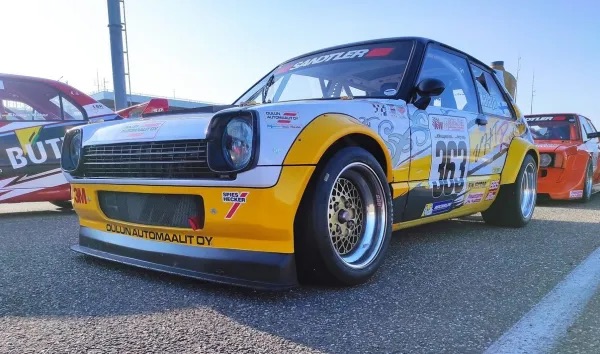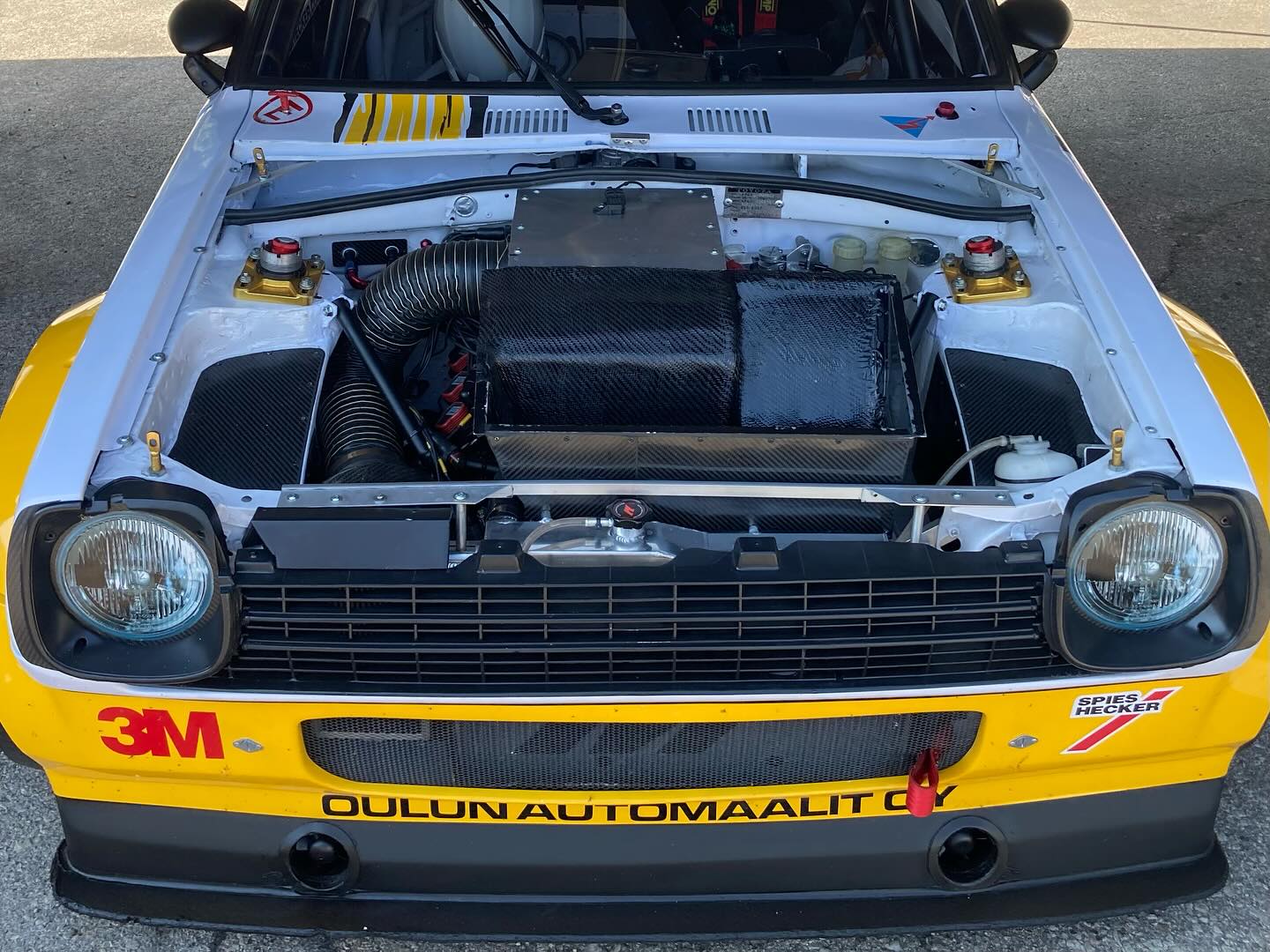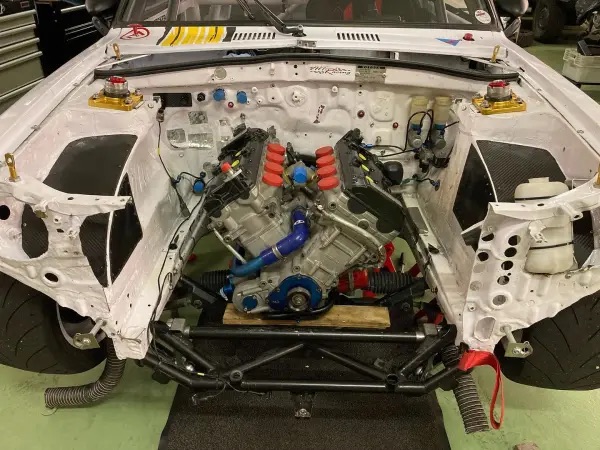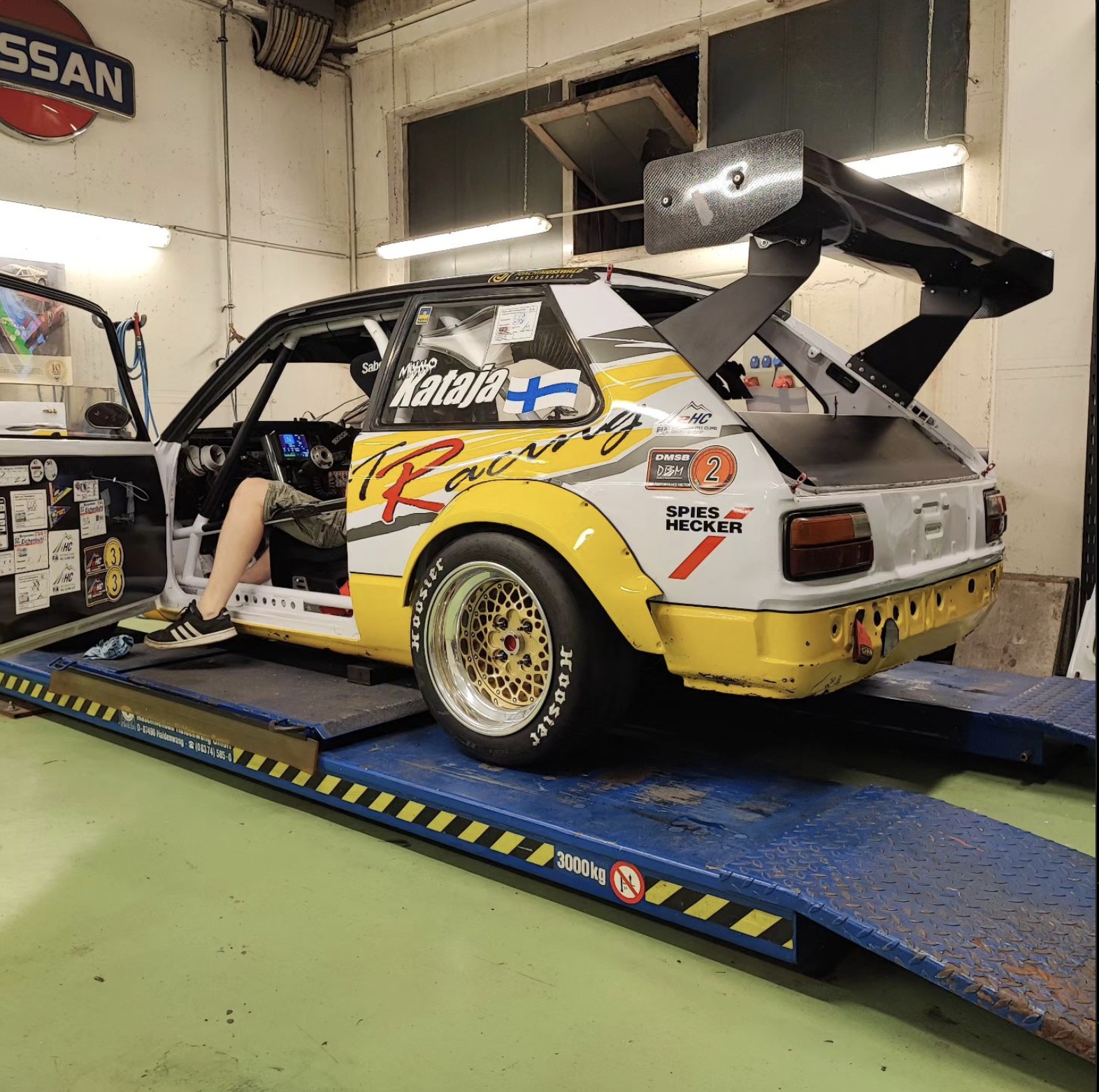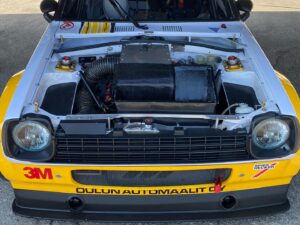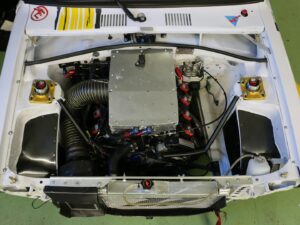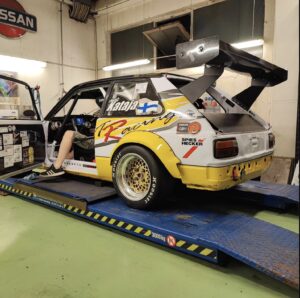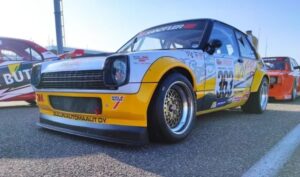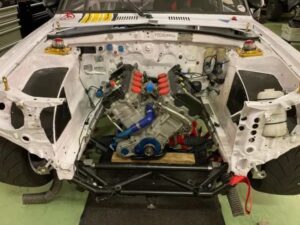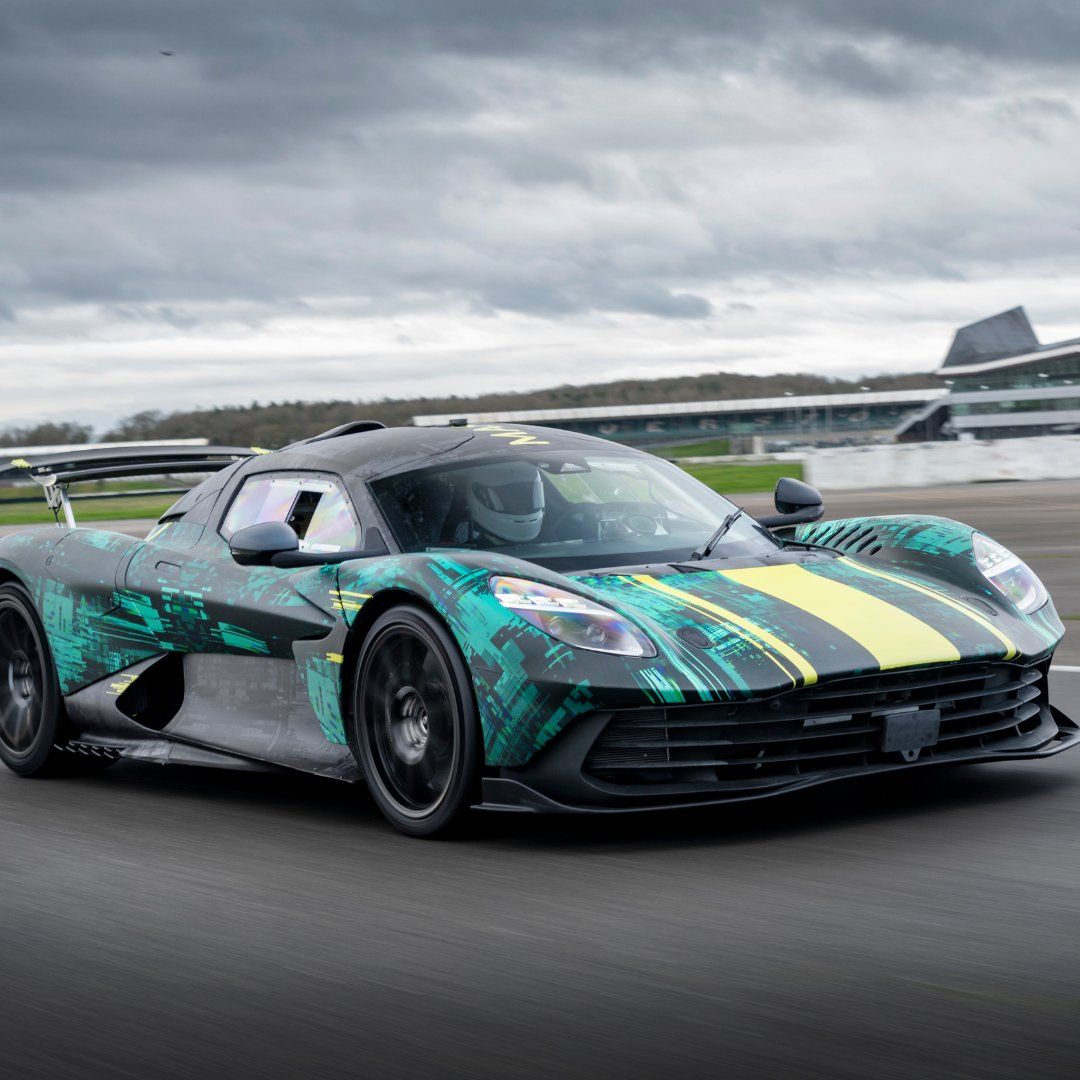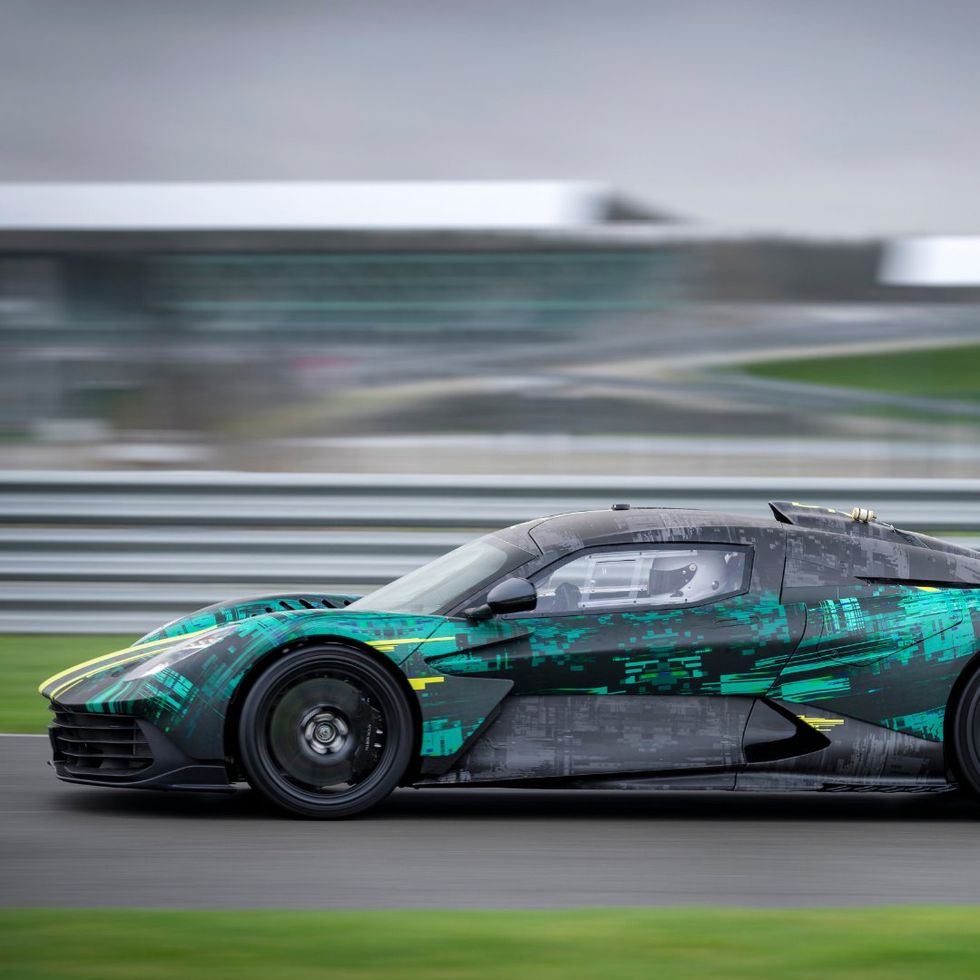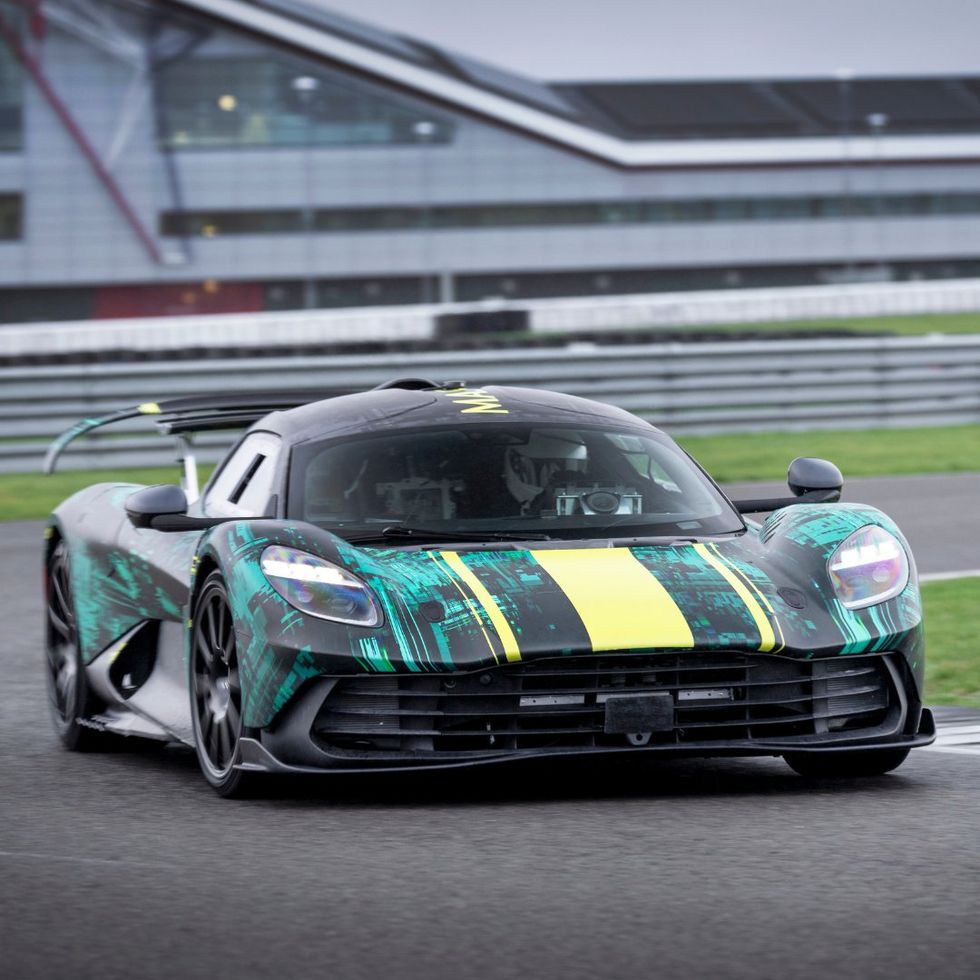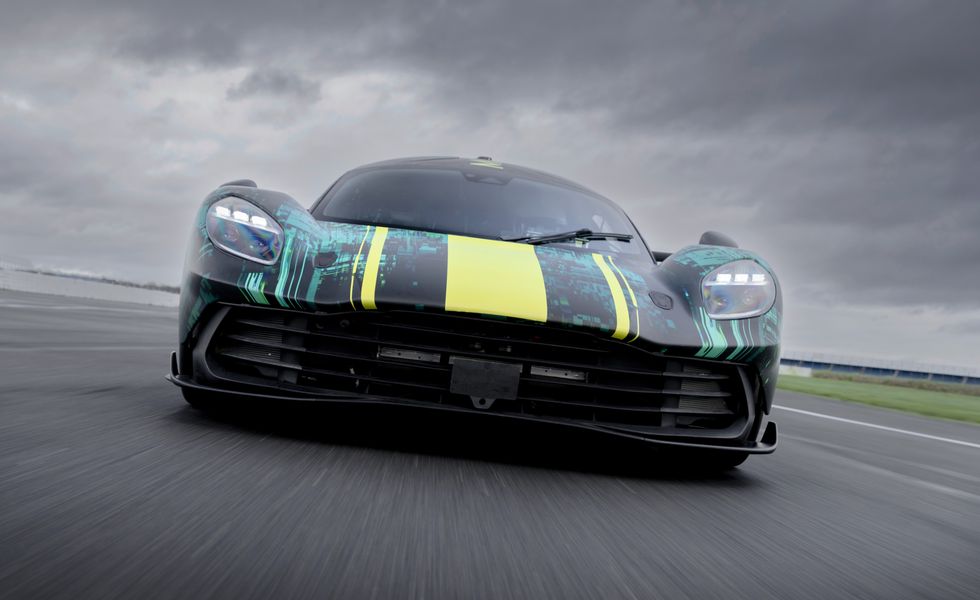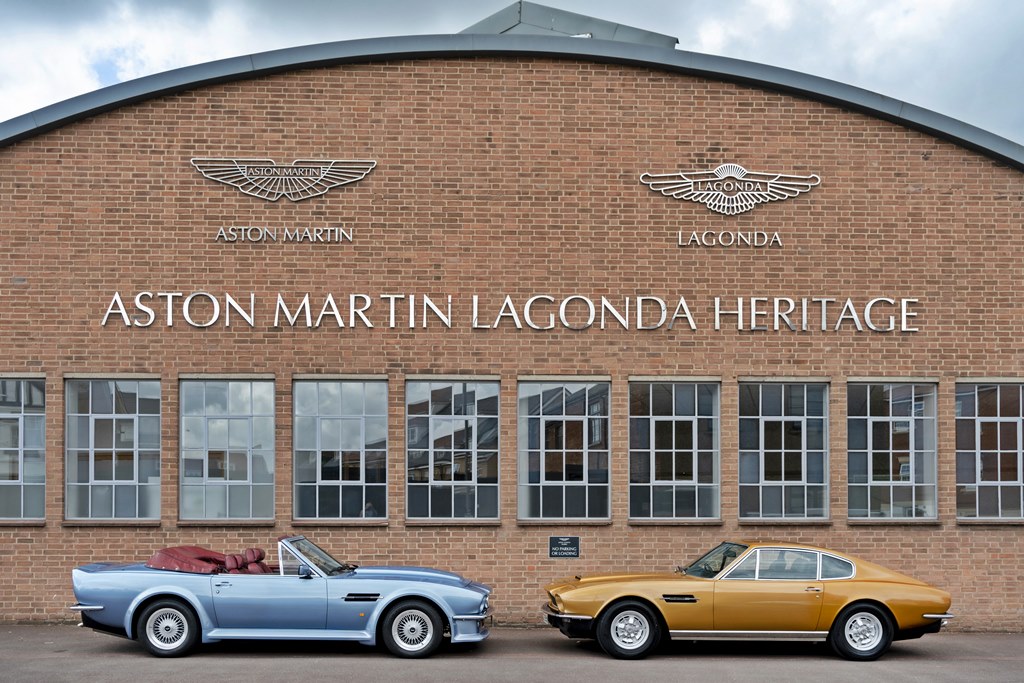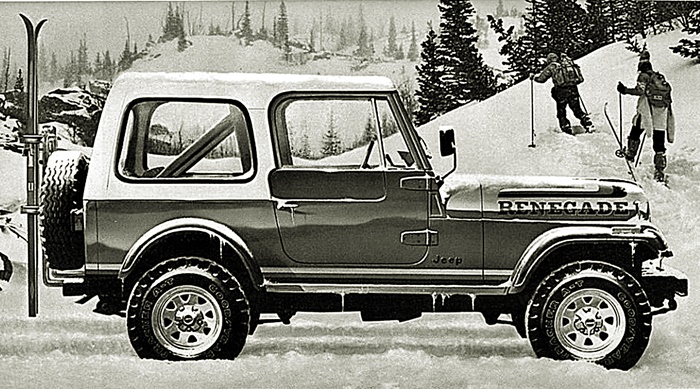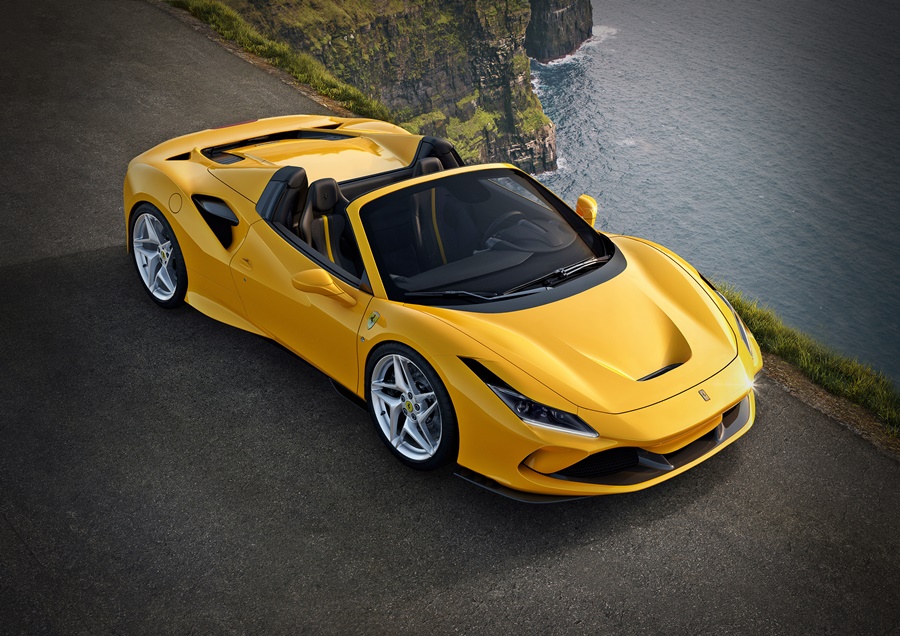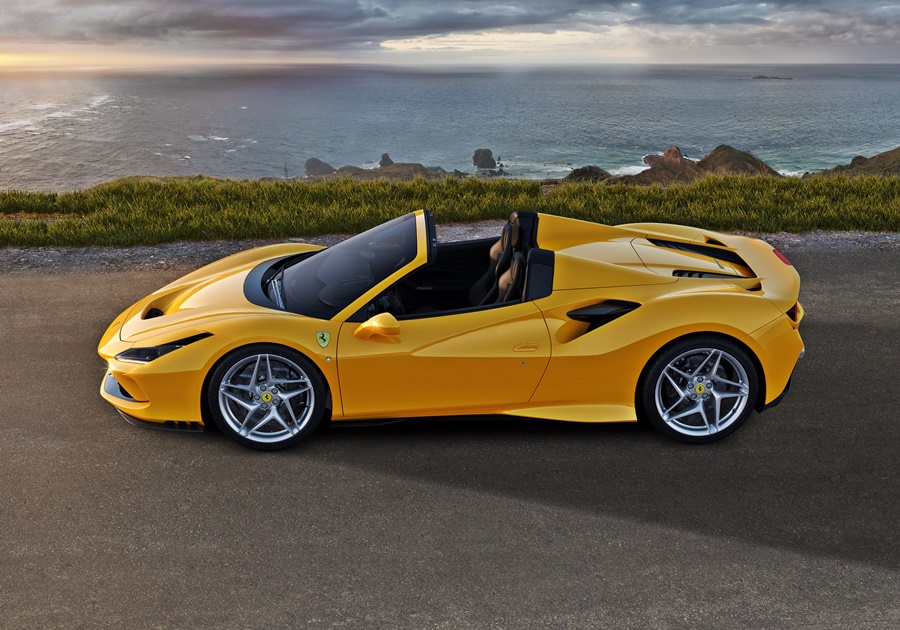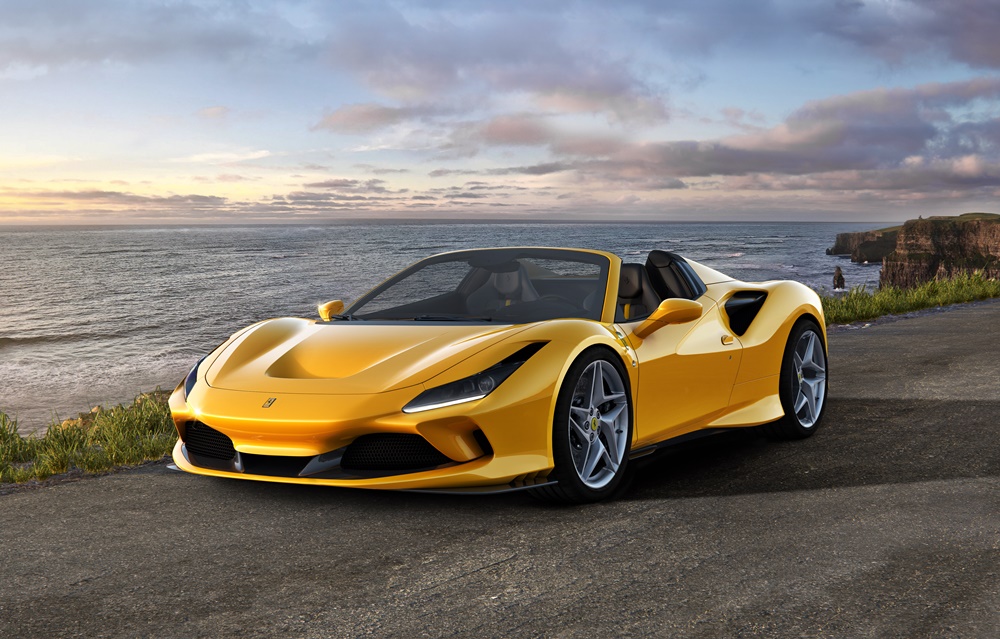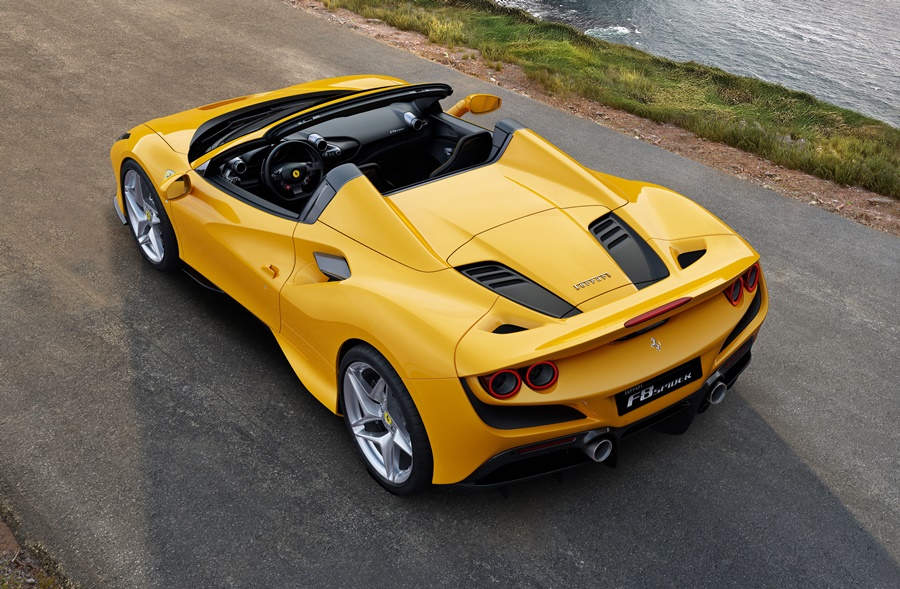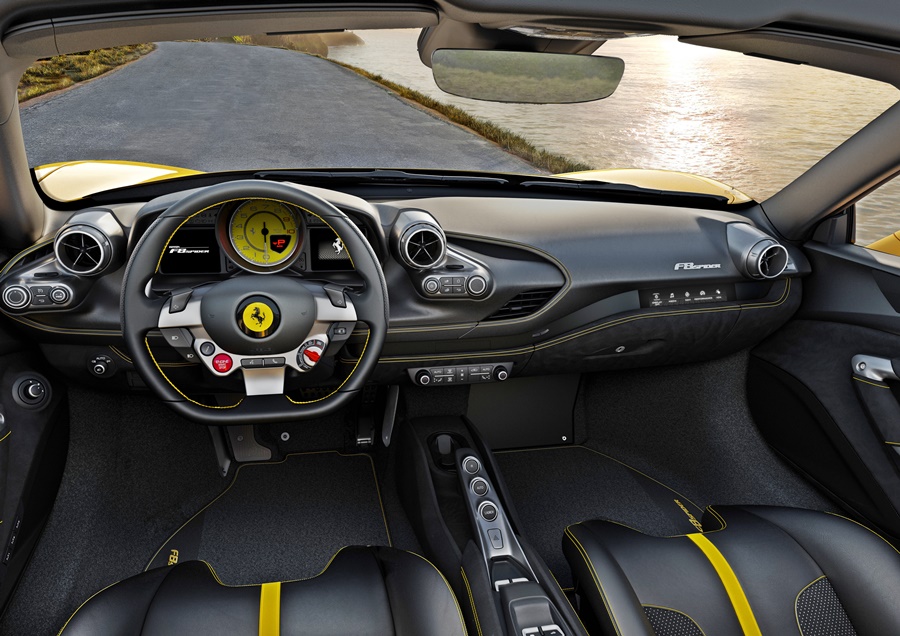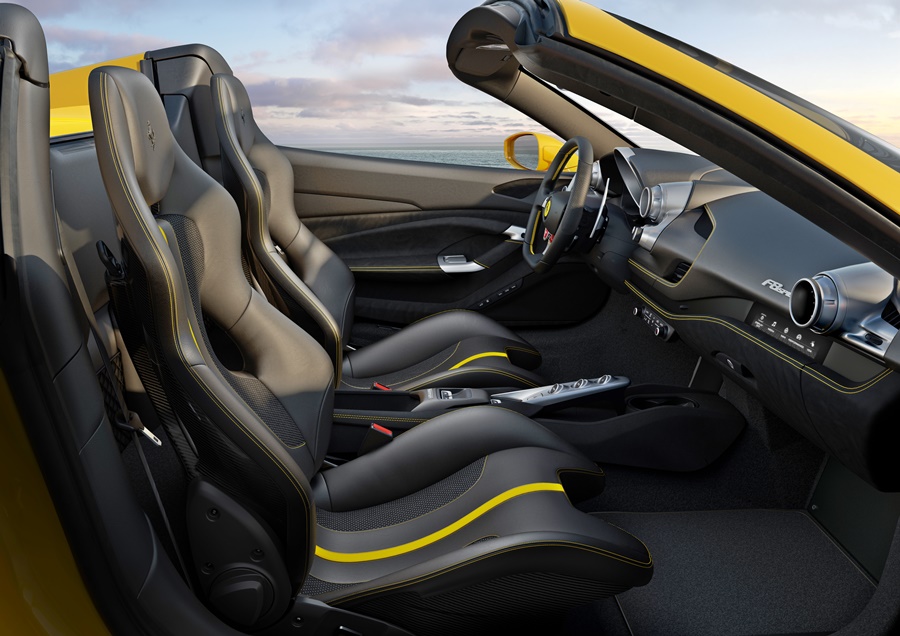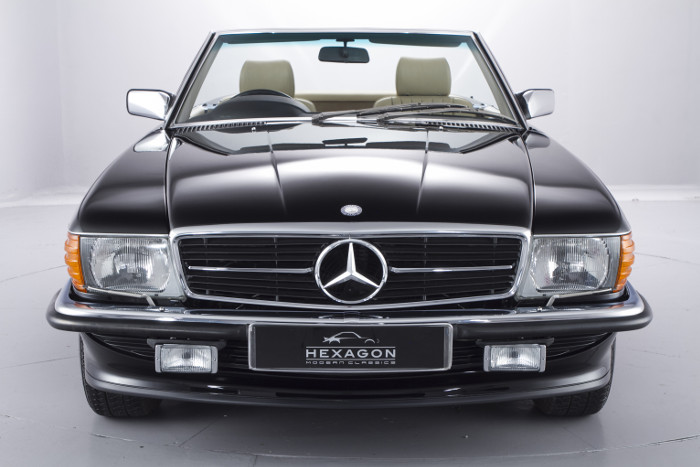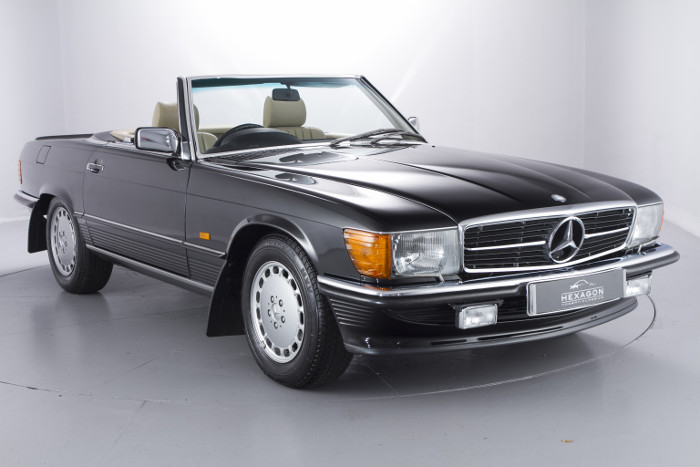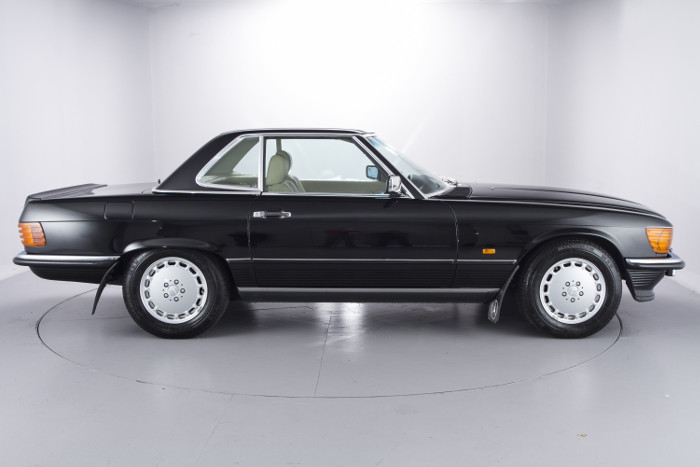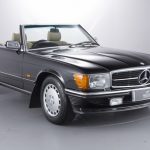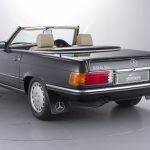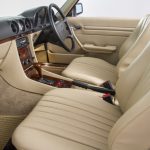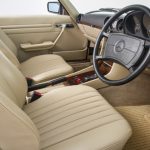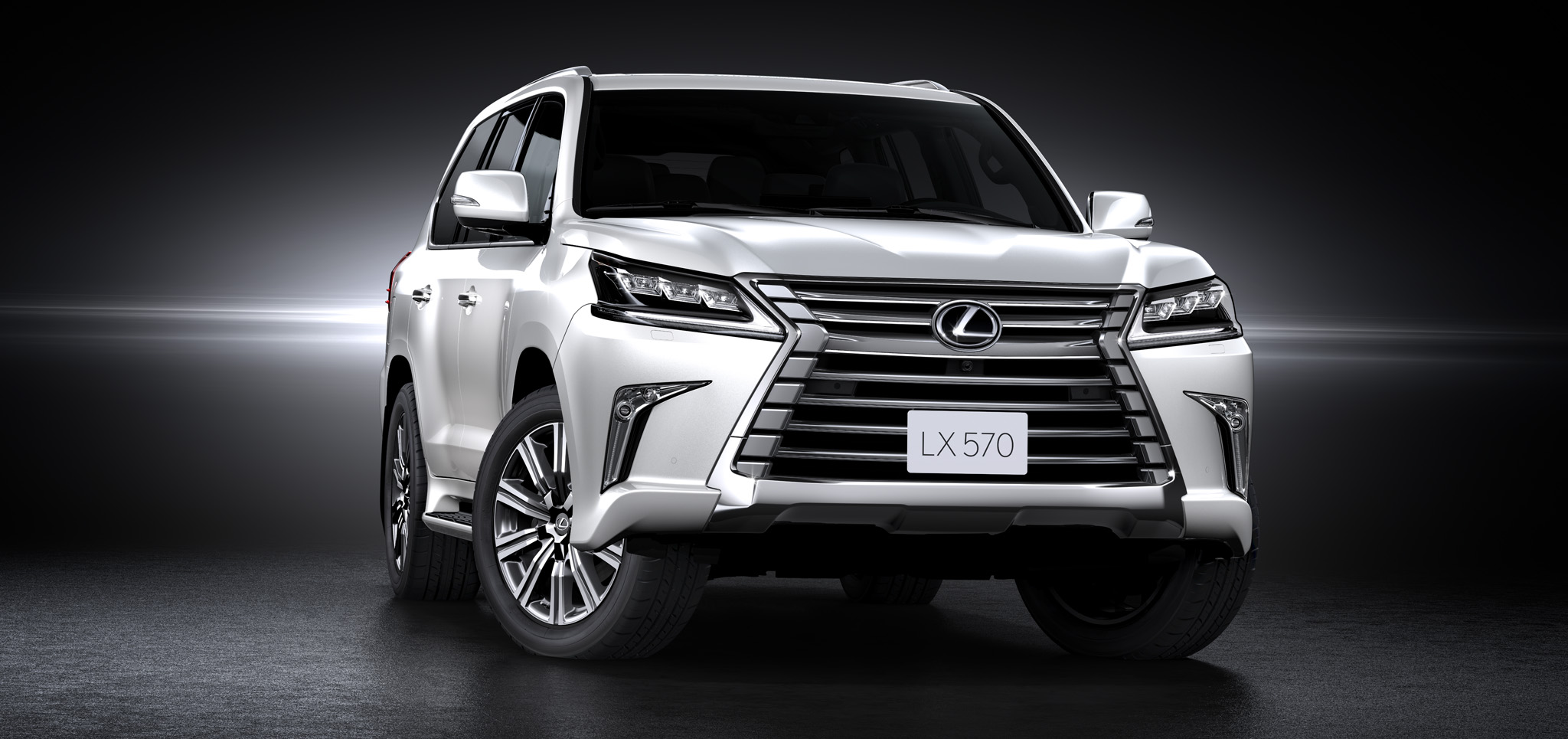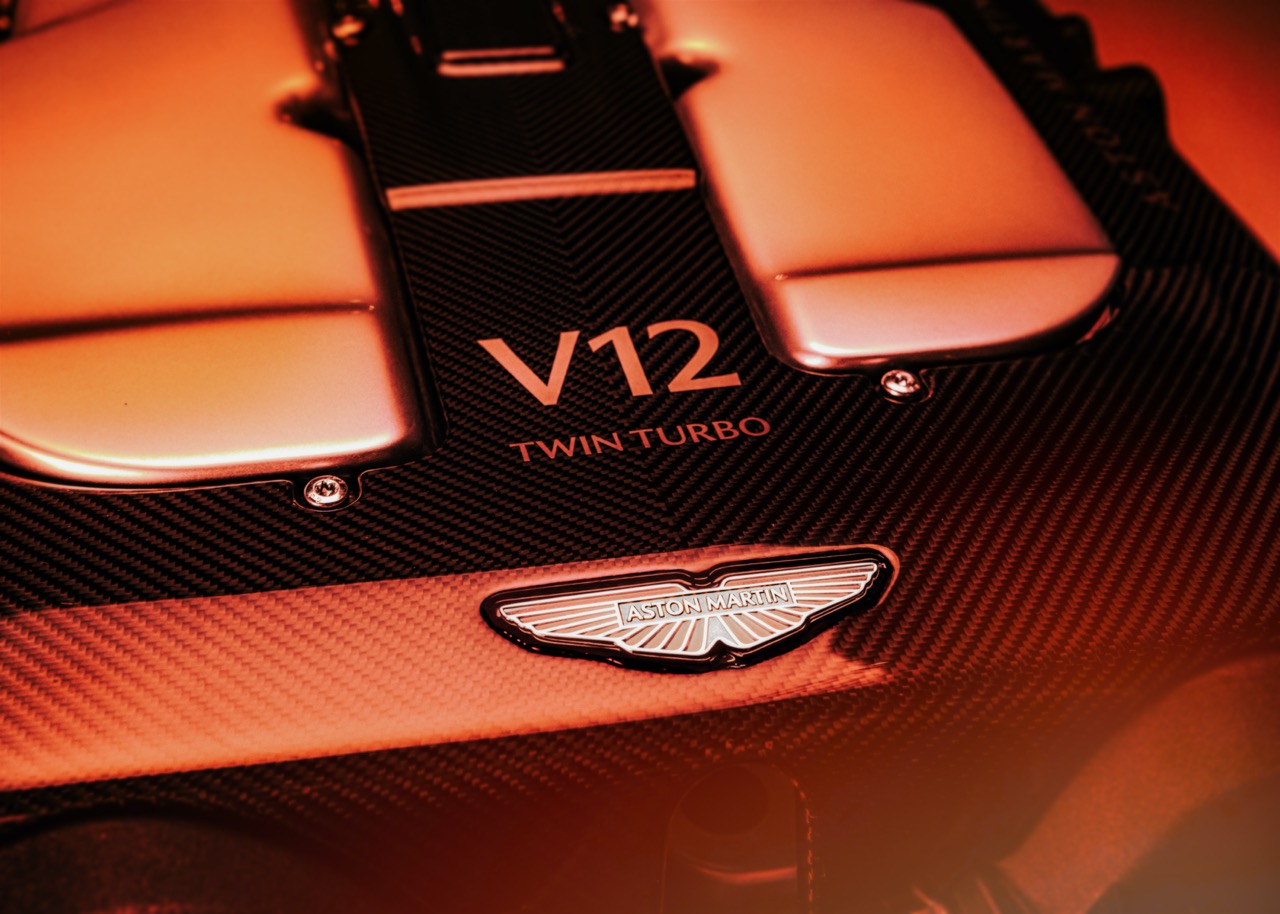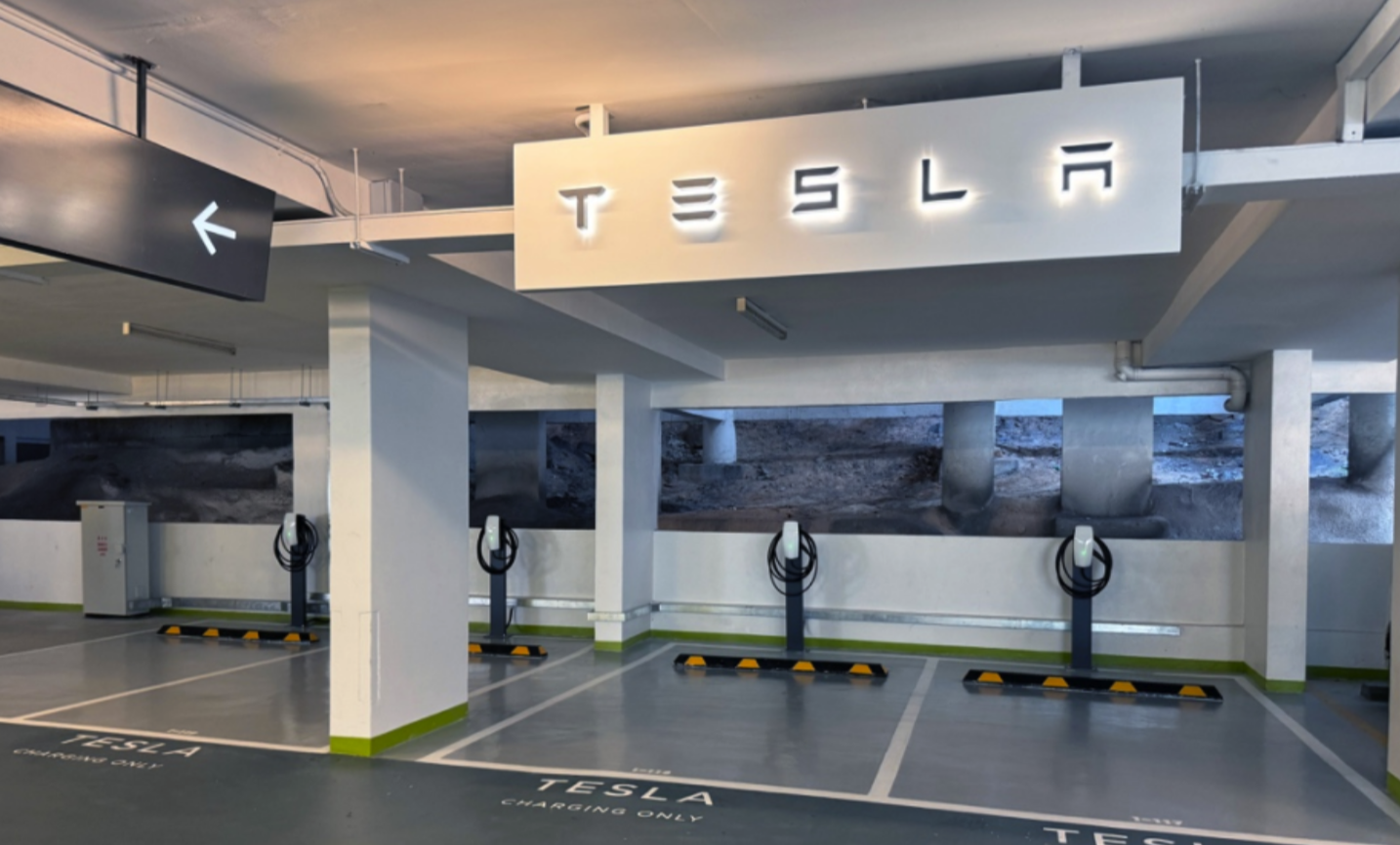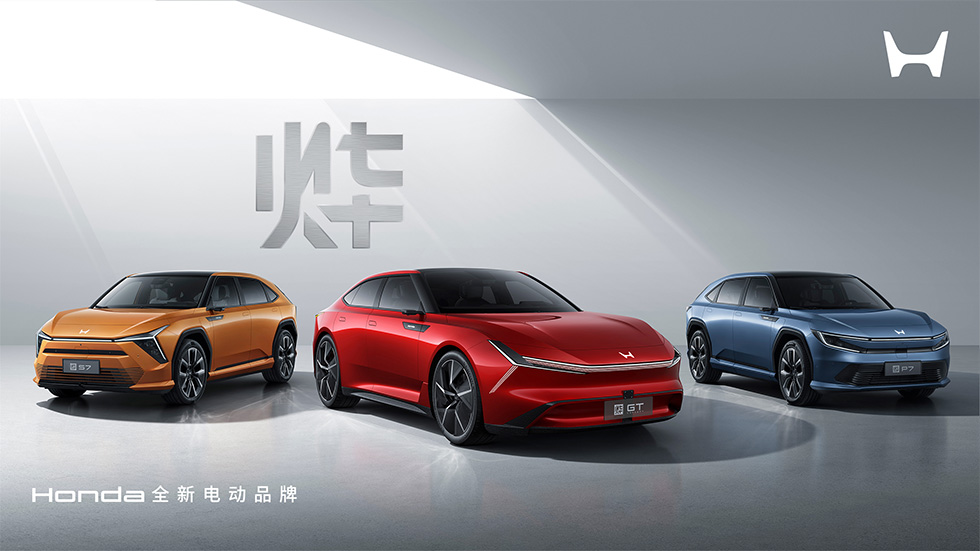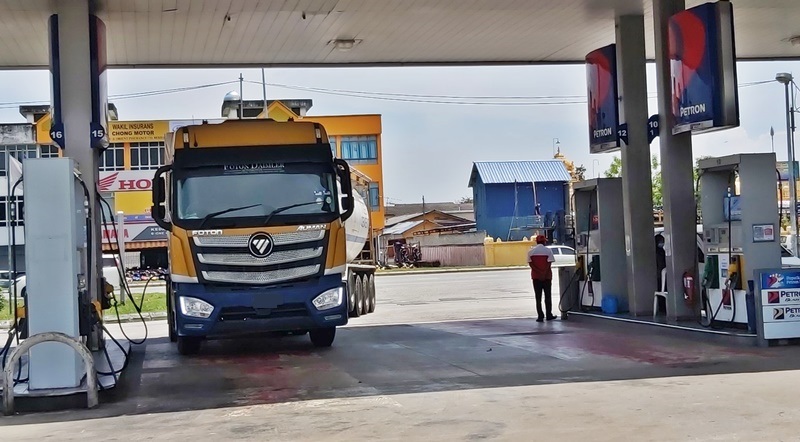Peminat automotif dan penggemar perlumbaan sedang menyaksikan transformasi yang menakjubkan apabila jurutera dan pelumba Finland, Mikko Kataja, meningkatkan prestasi Toyota Starletnya dengan enjin Suzuki Hayabusa V8.
Dikenali dengan pengubahsuaian yang mengagumkan dan kemenangan mendaki bukit, bengkel Kataja, VHT Racing, telah menjadi sinonim dengan menolak sempadan kuasa dan kecekapan automotif.
Toyota Starlet, yang sebelum ini dikuasakan oleh enjin Toyota 4AGE, mengalami peningkatan yang luar biasa untuk musim perlumbaan 2023. Kataja beralih kepada enjin Suzuki Hayabusa V8 2.6 liter, khususnya model Gen One oleh Radical Precision Engineering, kerana reka bentuk yang padat, berat yang agak ringan, dan kuasa yang hebat.
Walaupun konfigurasi semasa menghasilkan 345hp pada 10,500rpm, VHT Racing mempunyai rancangan yang lebih besar. Sebuah versi 2.7 liter Hayabusa V8 generasi kedua sedang dalam pembuatan, dilengkapi dengan piston Cosworth yang bertenaga tinggi untuk penyerahan kuasa yang lebih baik. Kedua-dua iterasi akan mengekalkan reka bentuk semula jadi tanpa pam udara.
Dalam peranan sebagai pengurus projek di Bosch Motorsport, Kataja, yang menyelesaikan masalah teknikal untuk pelanggan, telah menyatukan keahlian kejuruteraannya ke dalam dunia perlumbaan.
Memiliki Toyota Starlet selama lebih dari dua dekad, perjalanan Kataja dengan kenderaan itu bermula pada tahun 2000 apabila dia membeli Starlet yang berada dalam bajet untuk projek kereta lumba semasa pengajian kejuruteraannya. Walaupun mengalami cabaran, termasuk kemalangan terbalik, Starlet itu menjadi tesis akhirnya dalam pengajian kejuruteraan mekanikal perlumbaan.
Kini, dengan enjin Suzuki Hayabusa V8, Toyota Starlet Mikko Kataja bersedia untuk menentukan semula standard perlumbaan, dengan anggaran kuasa 440hp di hujung jalan. Gabungan teknologi terkini dan warisan perlumbaan bertujuan menjadikan VHT Racing sebagai daya pendorong utama dalam dunia automotif.


